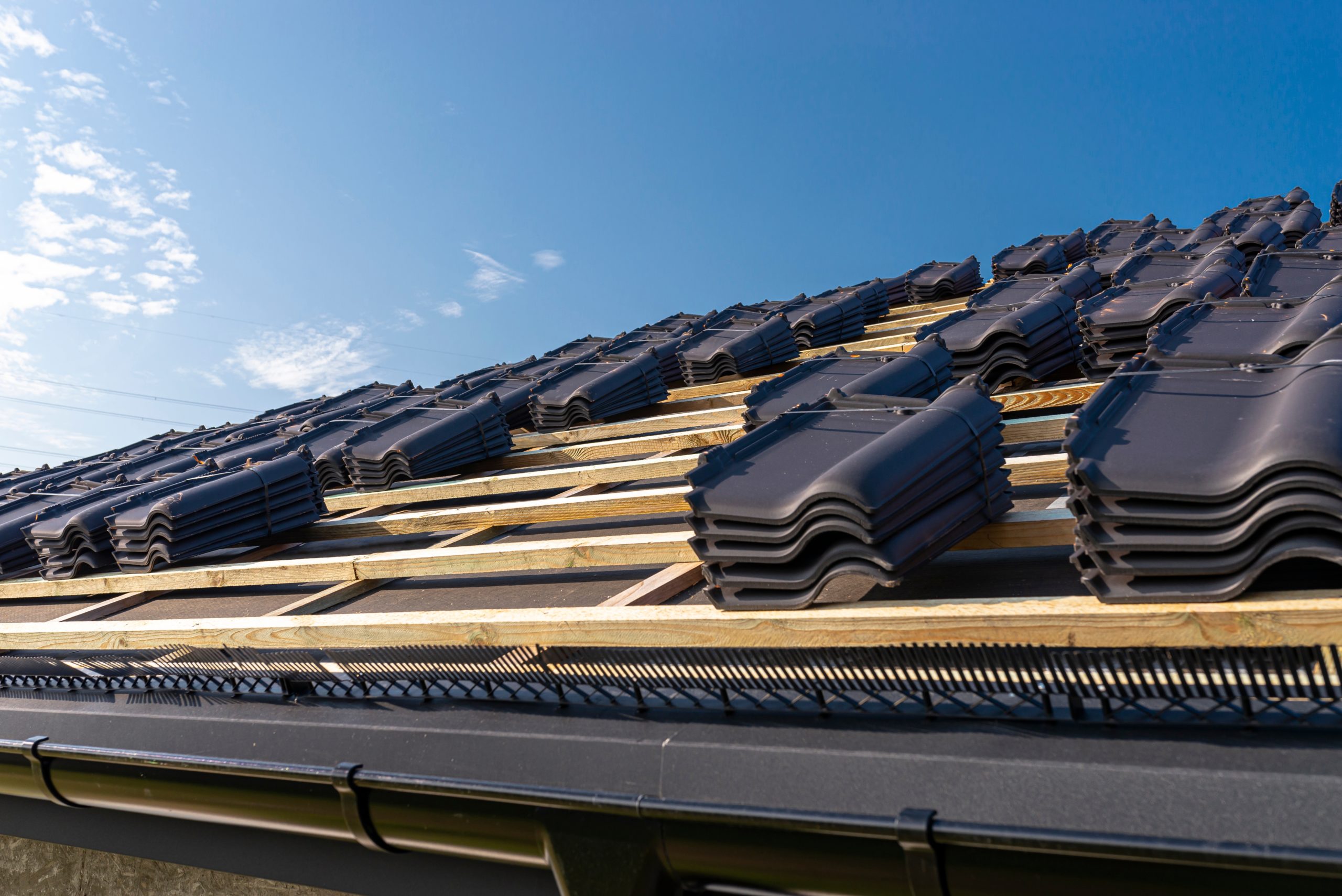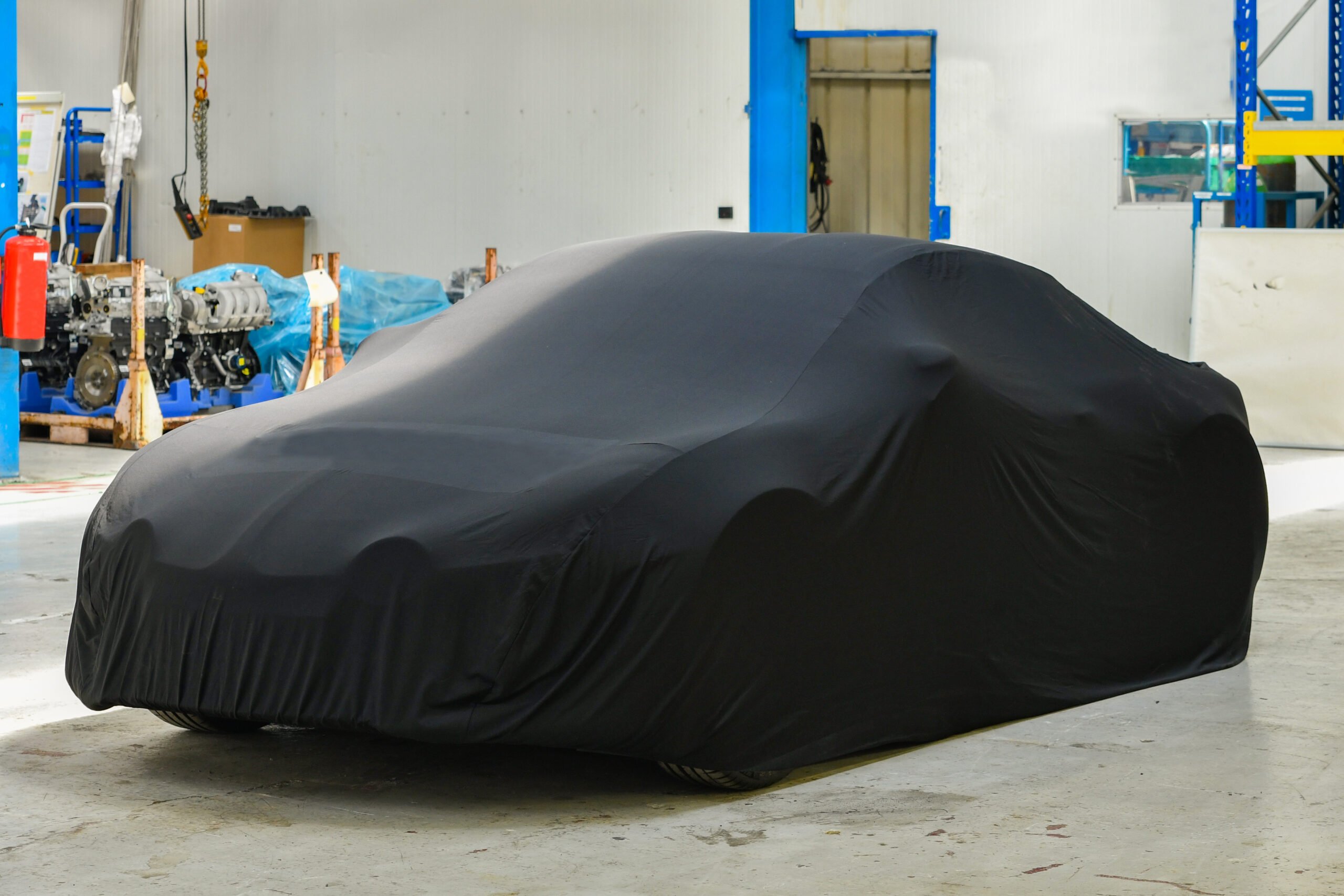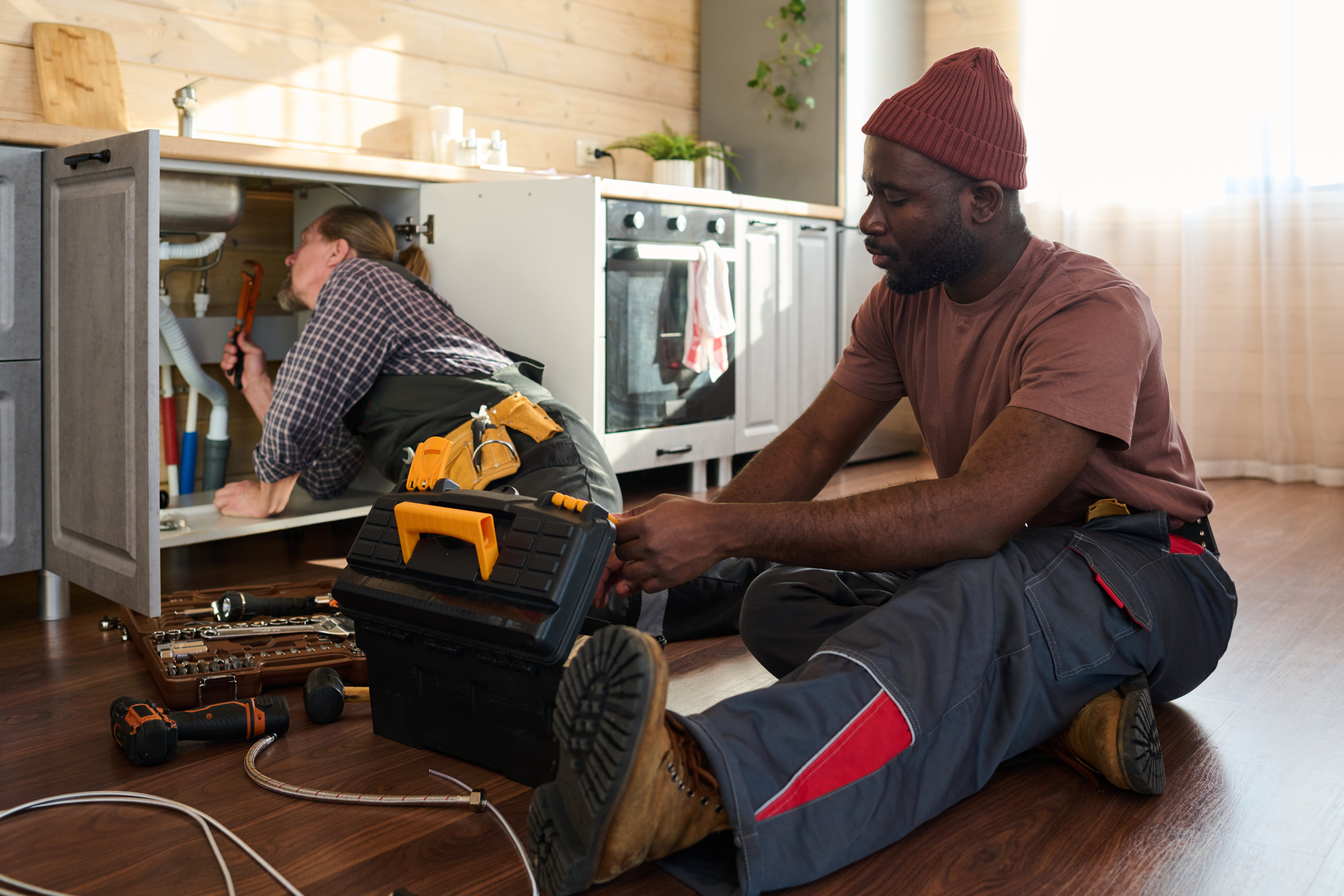There are many types of roofing systems available for industrial facilities, and it can be difficult to decide which one is right for your business. You’ll need to consider several factors to make the best decision for your industrial roofing. Keep reading to learn more about choosing the right roofing system for your industrial facility.
Understand the types of industrial roofing.

Industrial roofing systems come in a variety of shapes and sizes, making it important for industrial facility owners to understand the different types available before making a purchase. The most common industrial roofing system is the built-up roof (BUR), which is made up of multiple layers of materials including asphalt, fiberglass felt, and coal tar. BURs are usually installed over a structural deck, such as plywood or metal, and are often used on flat or low-sloped roofs.
Another common industrial roofing system is the single-ply membrane roof, which is composed of one layer of material such as polyvinyl chloride (PVC) or thermoplastic polyolefin (TPO). Membrane roofs are often used on sloped roofs and can be either mechanically attached or ballasted. They are also popular for their resistance to tears and punctures as well as their ability to withstand extreme weather conditions.
In addition to these two most common types of industrial roofing systems, there are also several others that facility owners should consider when making a purchase decision. These include metal roofs, green roofs, ethylene propylene diene terpolymer (EPDM) rubber roofs, and slate roofs. Each has its own unique benefits and drawbacks that should be considered when deciding which type is best for your specific facility.
Consider your industrial facility’s needs.

The type of roofing system that is best for your industrial facility will vary depending on the specific needs of the facility. Some factors to consider when choosing an industrial roofing system include the temperature, weather conditions, and the pitch of the roof. The most important weather-related factor is wind speed. A roofing system must be able to resist high winds without being damaged or blown away. Other factors to consider are the weight of snow and ice, as well as the heat of the sun. There are a variety of industrial roofing systems available that can accommodate different weather conditions.
When dealing with high winds, industrial facilities may want to consider flat roofs. These flat roofs are ideal for facilities that experience high winds because they have a low profile and are less likely to be damaged by gusts of wind. They also provide good protection from rain and snow and are relatively easy to maintain. However, they’re not especially effective in blocking out the heat of the sun, so they should not be used in areas that experience extreme temperatures.
If there is a chance that snow or ice will accumulate on the roof, it’s important to choose a roofing system that can handle the weight. A sloped metal roof is a good option for facilities in cold climates, as metal roofs are able to withstand heavy loads of snow and ice.
The slope of the roof can also be a factor in deciding which type of roofing system to use. If the building has a low pitch, it may be necessary to use a more heavy-duty roofing system than if the building has a higher pitch.
Choose the right industrial roofing system for your facility.
When it comes to industrial roofing, it is important to choose the right system for your facility. A well-made and correctly installed roof can protect your property and occupants from the elements, while a poorly made industrial roofing system can lead to water damage, leaks, and other problems. Overall, it is important to choose a roofing system that is suited for your specific facility and climate, and that is installed by a qualified professional.













